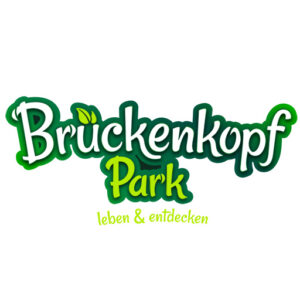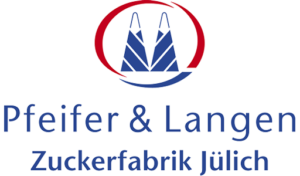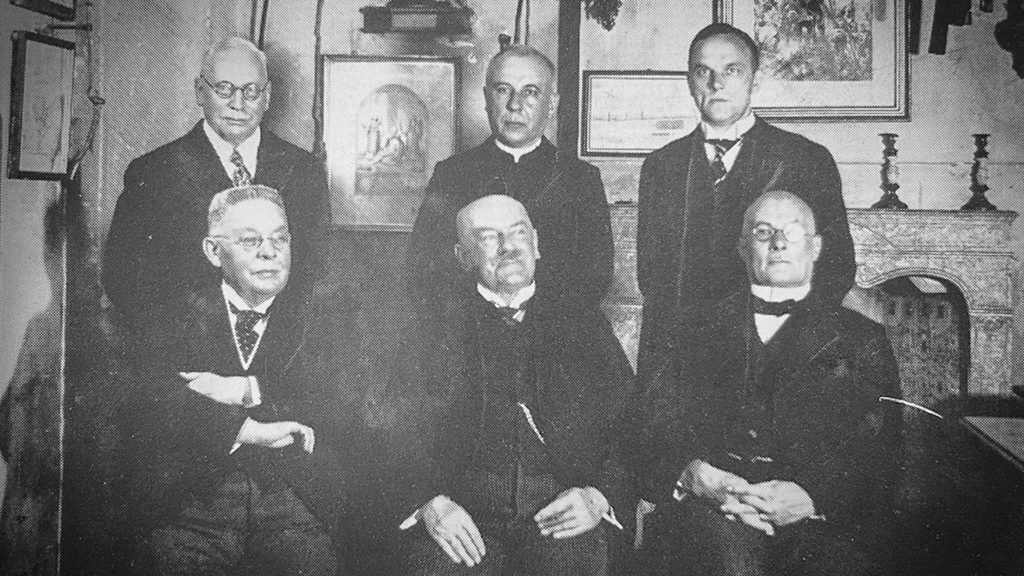The Hexenturm, also known as Rurtor, is one of the former city gates in the medieval city wall of Jülich. Although it no longer serves a defensive function, features such as arrow slits, a drawbridge, and door openings leading to the walkways are still visible. The Hexenturm was built in the early 14th century and was known by various names at the time, including ‘Porta Rurae’ (Latin for ‘Rurtor’), ‘Gefangenenthürn’, ‘Gefängnußthurm’, and ‘Hessenturm’. It was not until the 18th century that it received its current name ‘Hexenturm’. This designation emerged during the time when the tower served as a prison for the main and criminal court of the Duchy of Jülich. However, the name is misleading, as only a few witch trials are documented in Jülich.
After the almost complete destruction of Jülich in World War II, initial stabilization measures were taken between 1949 and 1952. and from 1961 to 1964, another restoration phase took place, during which the onion domes from the 17th century were authentically restored. The curved, hexagonal tower helmets with onion domes today serve as weather vanes bearing the symbols of Jülich: the ‘Strohmanus’ and the ‘Jülicher Löwe’.
Since 1978, the Hexenturm has served twice a year as an exhibition space for the Jülich Art Association.
The masonry of the tower also incorporates spolia made of sandstone from Roman tombs dating back to the 1st century. They depict a ‘funerary banquet’ and a male figure dressed in a toga—a symbol of citizenship.
The Friends of the Citadel Fortress Association has released a film about the reconstruction of the Hexenturm between 1960 and 1961, which prvides information about the tower.
















